Conceptual Design of the Intelligent Transport Systems Project: Case in Gui’an New District
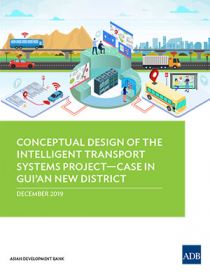

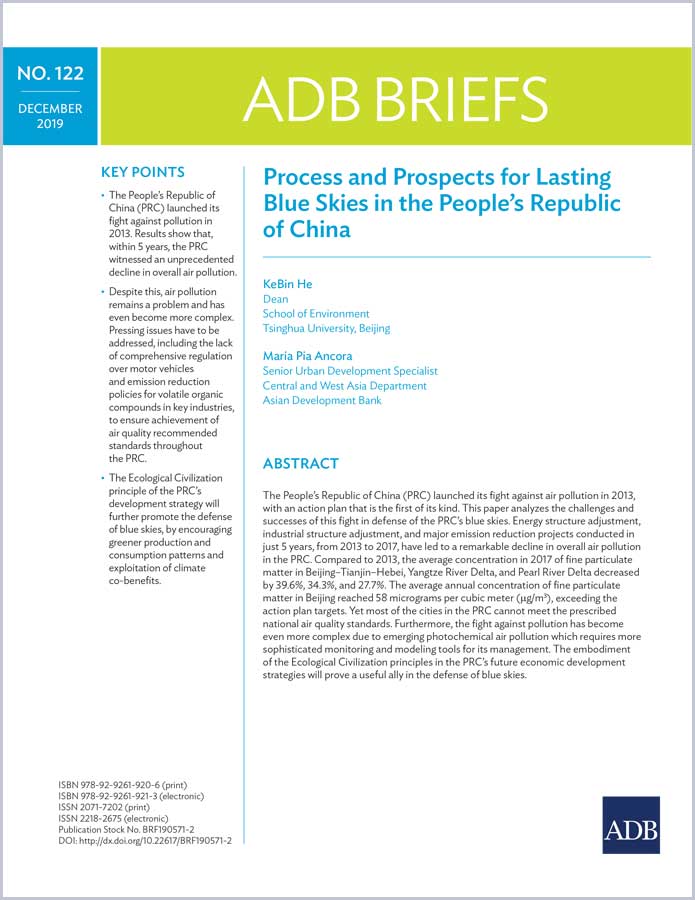
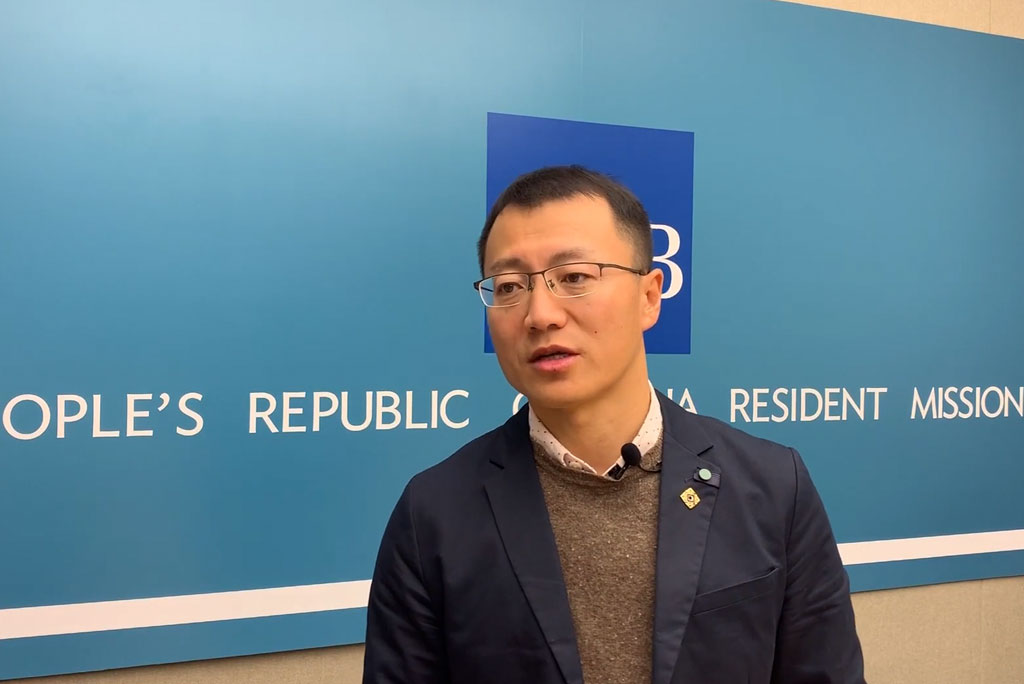
Tsinghua University Beijing City Lab’s Professor Ying Long shared his research in defining cities in the PRC based on spatial and functional dimensions instead of administrative areas, and found that many cities are actually shrinking.
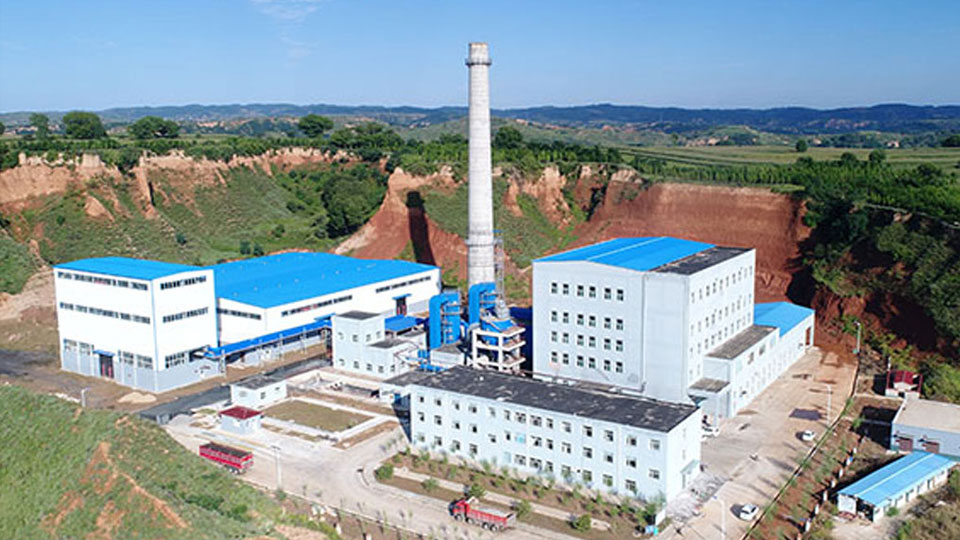
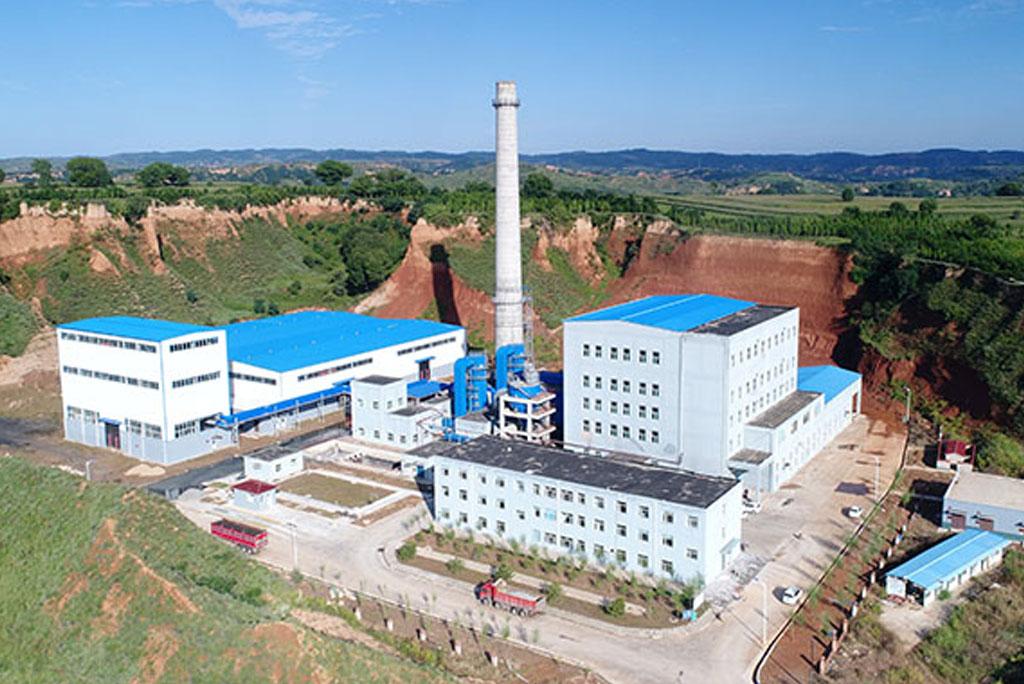
Replacing dispersed coal burning with centralized district heating can reduce greenhouse gas emissions and energy consumption.
Overview
A project supported by the Asian Development Bank (ADB) has provided over 297,600 residents in five highly polluted urban areas of Shanxi Province with safer, cleaner, and more reliable heating services. The project improved public health particularly the health of the poor and women through better quality of indoor and outdoor air. It expanded the district heating systems and increased the adoption of coal mine methane to reduce the dependence on raw coal, wood, and coal briquettes as fuels for indoor heating and cooking.
This supported the PRC government’s efforts in promoting greater energy efficiency and environmental sustainability and is consistent with ADB’s strategy of fostering global public goods in the Asia Pacific region.
Project information
44013-013: China, People’s Republic of: Shanxi Energy Efficiency and Environment Improvement Project
Project snapshot
Context
Shanxi is an underdeveloped inland province in the north-central region of the People’s Republic of China known for its rich coal resources. The heating season in the province lasts for five months and temperatures can fall below -20°C during winter. Inadequate coverage of district heating in low-income urban areas forced residents to use indoor coal-based stoves for heating.
Development Challenges
Many of the heating systems in urban areas were old, inefficient, and lack proper emission control equipment. A major cause of respiratory disease, urban pollution from small boilers and coal-based stoves worsened indoor and outdoor air quality and caused significant cumulative harm to public health. Women and small children were particularly vulnerable to high indoor pollution, as they tend to spend more time indoors.
Solution
The Shanxi Energy Efficiency and Environment Improvement Project was proposed to provide greater energy efficiency and a cleaner environment in Shanxi province by extending and expanding district heating to more than 270,000 residents in five highly polluted urban areas of Shanxi province. Funded by a US$ 100 million loan from the Asian Development Bank (ADB), this project was designed to replace small, inefficient, and polluting neighborhood coal-fired boilers and coal-fired household stoves with energy-efficient combined heat and power plant, large heat boilers, and coal mine methane supply, thereby reducing the overall environmental footprints of district heating.
Four large coal-fired boilers and one gas-fired boiler were installed in Jinzhong city, Licheng county, Qin county, and Zhongyang county to allow the closure of hundreds of small inefficient coal-fired boilers and thousands of household heating stoves. Heat transmission and distribution networks with heat exchange stations and heating pipelines and supervisory control and data acquisition (SCADA) systems were also installed.
Results
District heating supply to 297,600 residents
The total district heating supply service capacity of the four heating subprojects reached 7.57 million square meters (m2) by 2017–2018 heating season and 8.12 million m2 by 2018–2019 heating season, which provided heating services to 297,600 residents, exceeding the original target of 6.8 million m2 heating area.
Coal mine methane supply to about 30,000 households
Coal mine methane gas could be supplied to about 30,000 households and 134 commercial customers, with the annual gas supply capacity of 88.6 million m3. In 2018, 40% of coal mine methane gas supply capacity was achieved and it is expected that full gas supply capacity will be attained by 2020. It would provide heating for 1.17 million m2 of floor area during cold season, and cooling for 0.3 million m2 of building area during summer.
Better air quality and energy savings
By 2018, the project improved energy efficiency and avoided the combustion of 104,960 tons of coal equivalent per year, resulting in emission reductions of 4,611 tons of sulfur dioxide, 18,288 tons of total suspended particulates, 3,181 tons of nitrogen oxide, and 315,046 tons of carbon dioxide. The project helped five urban areas to improve meeting Class II air quality standard by 16% to 27% in 2017–2018 heating season compared with 2011–2012 heating season. The incidence of respiratory diseases and other air pollution-related health risks are expected to lessen with the full development of the project in these areas.
Lessons
The project aligns with the government’s socio-economic development strategy. The provincial and other local governments made the project one of their top priorities by providing the needed policy, technical, and financial support. All concerned parties demonstrated ownership of the project. Effective organization and project implementation ensured adequate supervision, monitoring, and cost control.
Innovative technologies in improving energy efficiency and reducing energy consumption were adopted in the transformation and development of Shanxi Province. The district heating supply subproject implemented in Jinzhong county has become the pioneer in innovation and construction of international advanced level of heat exchanger units and box-type heat stations. The first district heating supply, which used gas-fired boiler as heat source for county-level urban area of Shanxi Province, was developed in Zhongyang County. The Shanxi provincial government showcased this as an environmentally friendly sustainable approach to utilize clean energy for heating in the province. Many delegations within and beyond Shanxi have visited the project to learn about the innovative technologies supported under the project. Some heating companies have followed the project and adopted similar technologies in their construction of district heating supply projects. There is a big potential for further replication of the innovative technologies in other areas with similar conditions.

Senior Project Officer (Energy), East Asia Department, ADB
This blog is reproduced from Development Asia.
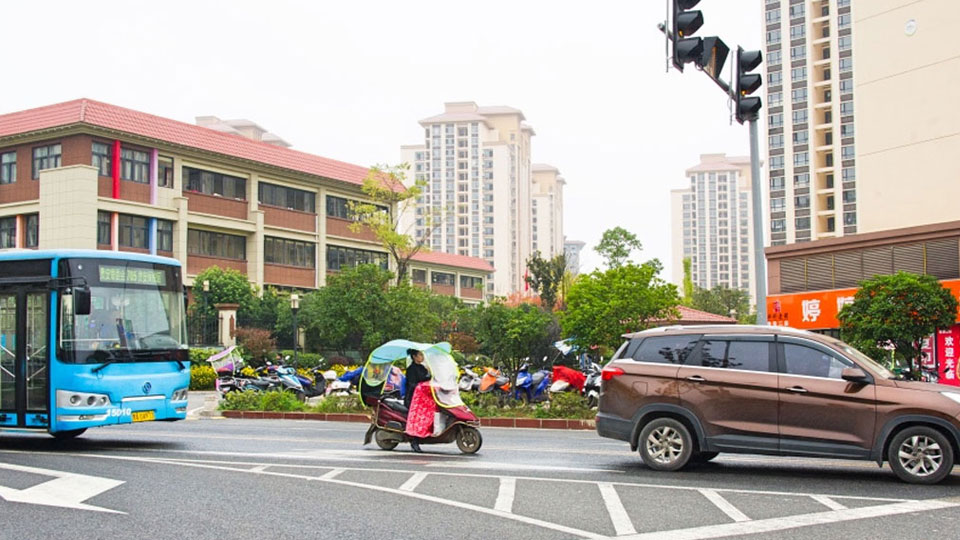
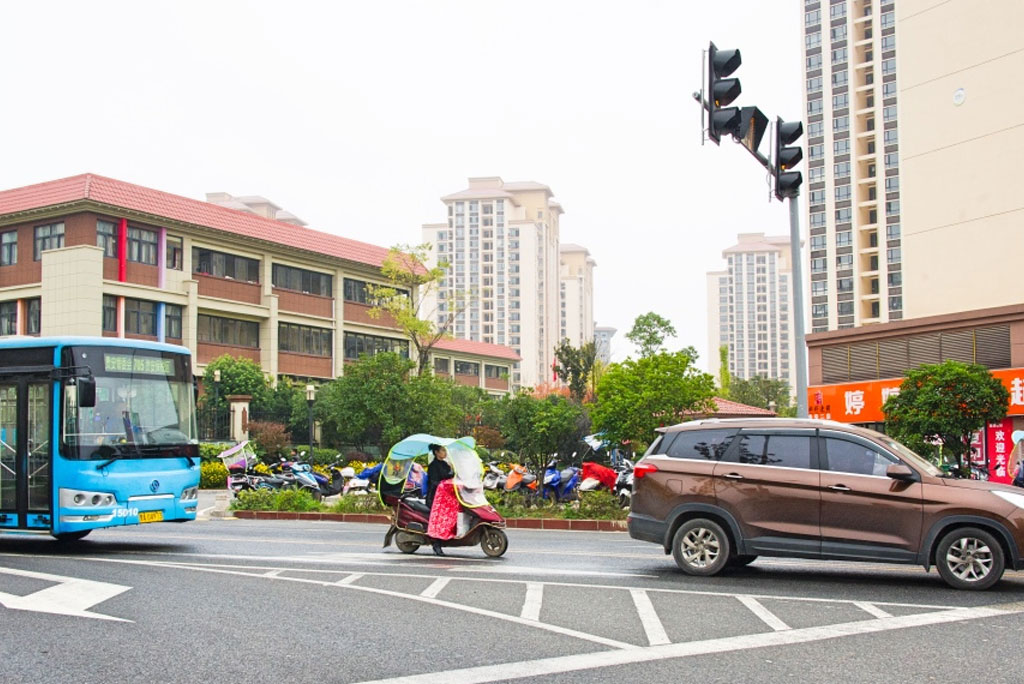
ADB is helping a new tech hub in the PRC respond to user needs as it develops a sustainable public transport system.
Visiting Gui’an, the capital of Guizhou province in the People’s Republic of China (PRC), makes you feel like you’ve stepped into a time-lapse film about structural transformation.
Farming villages are giving way to high rises. Hundreds of tech firms—including giants like Alibaba—have set up shop in recent years, drawing in talent from across the country. Former farmers are retraining to take up jobs in the services sector.
Historically among the poorest provinces in the PRC, Guizhou has the ambition to become the country’s data valley by 2020. The contrast between old and new is starkest in Gui’an New District, which is projected to become the heart of Guizhou’s tech hub. ADB is helping the government develop an intelligent transport system (ITS) and sustainable transport infrastructure to make public transport enticing for all, averting the fate of many cities that are choking in traffic.
Our challenge was to design a transport system that is inclusive of the whole spectrum of users – from tech-savvy digital natives to elderly people with limited mobility and IT literacy.
We used human-centered design to better understand people’s mobility needs. Human-centered design (sometimes also called design thinking) is a tried and tested innovation methodology that grew out of Silicon Valley. It has inspired now ubiquitous products such as the mouse, originally designed for Apple in 1980.
Human-centered design puts an emphasis on understanding user needs – both explicit and latent. Insights from conversations with users become the basis for exploring innovation opportunities. For example, design researchers observed that people tend to round up decimals when writing cheques to make addition easier. This inspired a service that rounds up debit card purchases to the nearest dollar, and then transfers the difference into a savings account.
Promising ideas are brought to life as quick-and-dirty prototypes, which are then tested and refined. Development practitioners will recognize participatory principles in the design thinking toolbox, repackaged into an agile problem-solving process.
To understand user needs, we talked to a variety of people in Gui’an about how and what transport they used, which sparked dozens of ideas for small tweaks that could make public transport more user-friendly for everyone. We will experiment with fold-away seating for toddlers on buses, or an app that helps elderly people navigate the city safely by notifying family members when planned journeys go off-track.
Perhaps most importantly, our conversations revealed that physical mobility is closely bound up with social and economic mobility in people’s minds.
While the breakneck pace of change has unleashed a lot of optimism in Gui’an, there is also concern about the digital divide and the future of work. Digital services provide unparalleled convenience for most people, but risk excluding those with low levels of IT literacy. At the same time there is concern about how automation and artificial intelligence will affect wages and jobs, especially for people with low levels of education.
To help tackle these challenges, the project will run a series of “inclusion hackathons,” events where computer programmers and other experts come together to develop apps and services focused on social inclusion and mobility, drawing on data from the ITS.
The project will also leverage the ITS to organize coding camps for school aged girls during their summer break. We hope this will motivate girls to pursue STEM education and careers, contributing to closing the digital gender gap.
We are eager to see how the project evolves as the collaboration with our partners in Gui’an continues. So far, our experiment with design thinking has left us feeling optimistic about its potential to put people’s needs at the heart of infrastructure development, and to help us work more collaboratively across sectors.
We hope that we can continue to experiment with human-centered design and expand its application to other infrastructure projects in Asia and the Pacific.

Senior Transport Specialist, East Asia Department, ADB

Social Development Specialist, East Asia Regional Department, ADB
This blog is reproduced from Asian Development Blog.
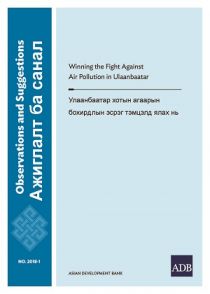
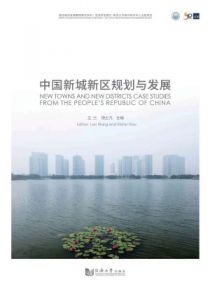
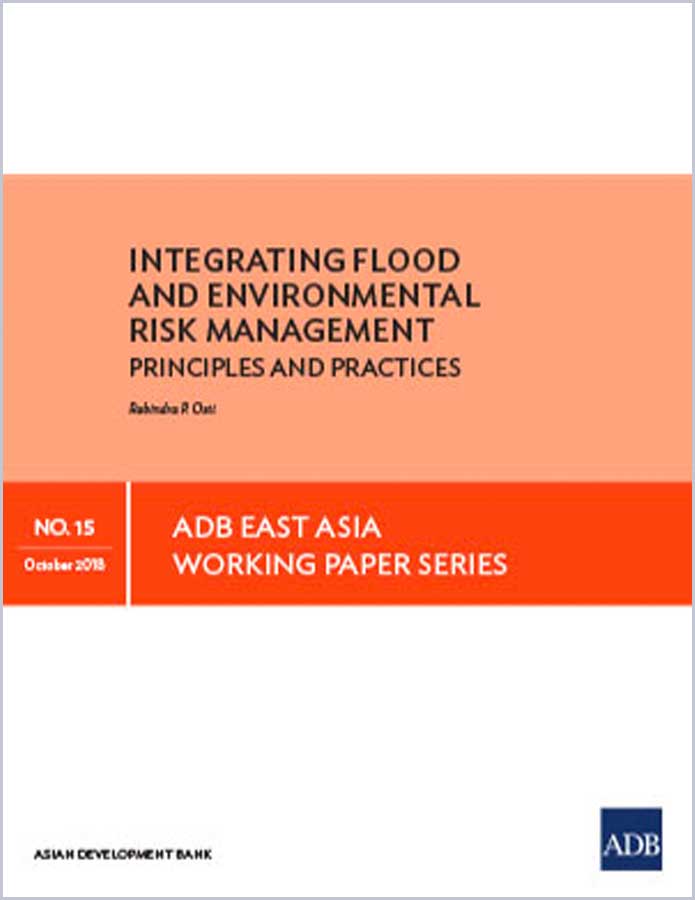
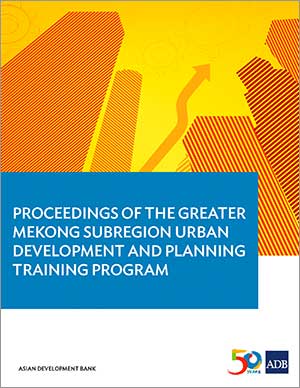
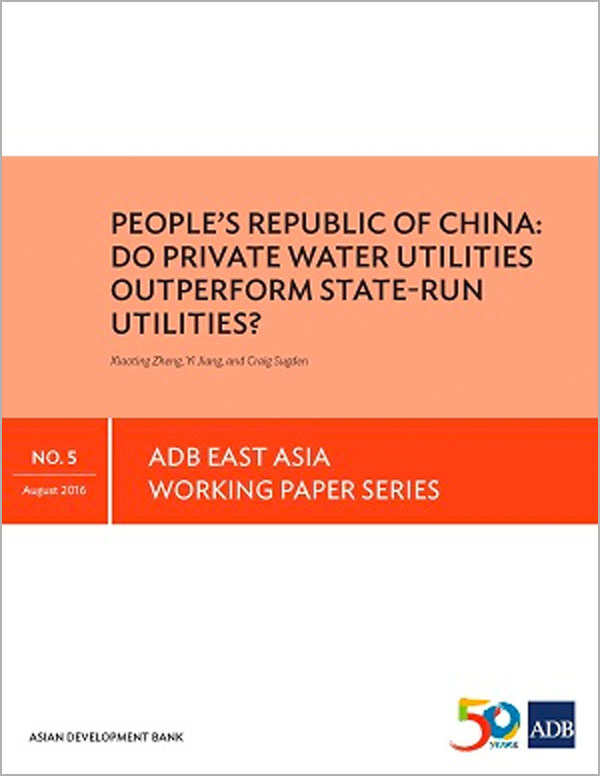
© 2025 Regional Knowledge Sharing Initiative. The views expressed on this website are those of the authors and presenters and do not necessarily reflect the views and policies of the Asian Development Bank (ADB), its Board of Governors, or the governments they represent. ADB does not guarantee the accuracy of the data in any documents and materials posted on this website and accepts no responsibility for any consequence of their use. By making any designation of or reference to a particular territory or geographic area, or by using the term “country” in any documents posted on this website, ADB does not intend to make any judgments as to the legal or other status of any territory or area.
